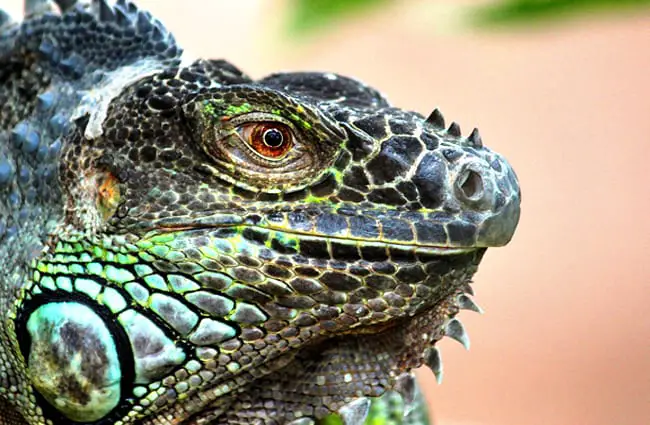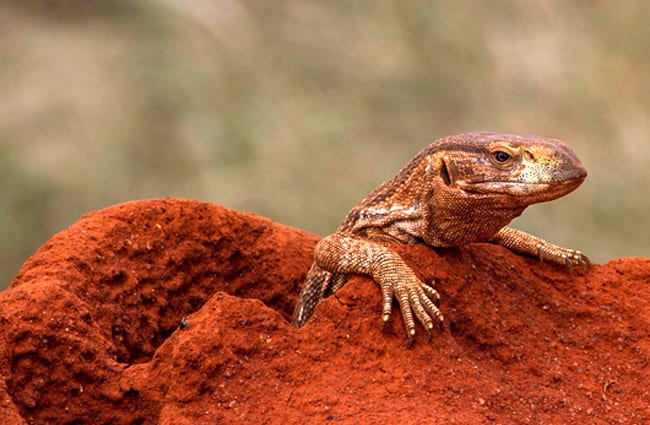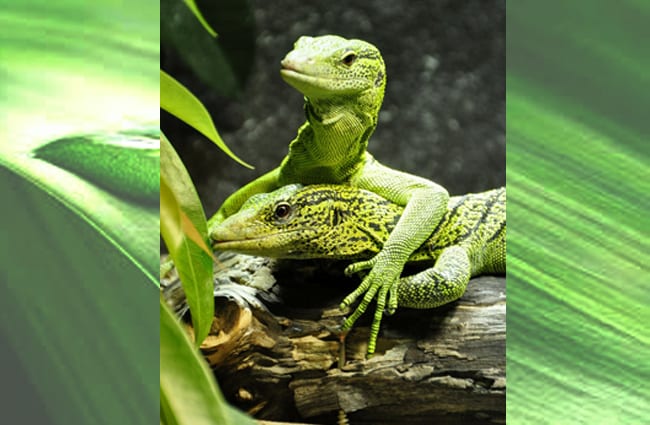The world of reptiles boasts incredible diversity, and few families capture the imagination quite like the monitors. These large lizards, belonging to the genus Varanus, are not merely scaled creatures but represent a lineage steeped in evolutionary history, ecological importance, and even cultural significance. This comprehensive guide delves into the captivating world of monitor lizards, exploring their natural history, behaviors, habitats, and interactions with both the environment and humankind.

What is a Monitor Lizard?
Monitor lizards are characterized by their robust bodies, powerful limbs, long tails, and, most notably, their long, forked tongues—used for chemoreception, essentially “tasting” the air for scents. The name “monitor” itself stems from an old belief that they could “monitor” or guard against venomous animals, a misconception arising from their habit of consuming snake eggs and even occasionally tackling venomous snakes themselves. They are found in Africa, Asia, Australia, and on several islands in the Pacific and Indian Ocean. Their sizes vary dramatically. The smallest species, the dwarf goanna, measures only about 20 cm in snout‑to‑vent length, while the Komodo dragon, the largest living lizard, can exceed three meters in total length!
Evolutionary History: Ancient Lineage
The story of the monitor lizard stretches back millions of years. Fossil evidence suggests that their ancestors first appeared during the Cretaceous period, around 100 million years ago, coexisting with dinosaurs. Their evolutionary success is linked to their adaptability and ability to thrive in a wide range of habitats. Unlike many other lizard families that specialize in specific diets or environments, monitors have diversified to fill numerous ecological niches. This adaptability is reflected in their varied morphology and behaviors.
Habitat and Distribution: A Global Presence
Monitor lizards exhibit a remarkable range of habitat preferences. They are found in tropical rainforests, arid deserts, savannahs, and mangrove swamps. Each species has its own specific habitat requirements. For example, the Nile monitor prefers wetland areas and riverbanks in Africa, while the desert monitor is found in arid regions of Africa. The Centralian rock monitor, found in the Australian outback, thrives in harsh conditions. Their distribution is largely confined to warmer climates, as they are ectothermic—relying on external sources for heat regulation. Finding a monitor lizard in the wild requires knowledge of specific regional habitats. Look for evidence of burrows or basking spots in areas with ample cover and a reliable water source.

Diet and Hunting Strategies: Opportunistic Predators
Monitor lizards are primarily carnivorous, with a varied diet that includes insects, crustaceans, fish, eggs, birds, and mammals. Their hunting strategies are as diverse as their prey. Some species are ambush predators, lying in wait for unsuspecting prey, while others actively forage and pursue their meals. They are renowned for their powerful jaws and sharp teeth, capable of crushing bones and consuming large prey items. The Komodo dragon, in particular, is famous for its venomous bite and the presence of bacteria in its saliva, both of which contribute to prey mortality. Monitor lizards also play an important role in scavenging, consuming carrion and helping to clean up the environment.
Reproduction and Life Cycle: From Eggs to Adults
Most monitor lizards reproduce sexually, with females laying eggs in nests dug into the ground, termite mounds, or rotting vegetation. The number of eggs varies depending on the species and the size of the female. Incubation periods range from several weeks to several months, and the temperature of the nest influences the sex of the hatchlings—a phenomenon known as temperature dependent sex determination. Young monitor lizards are vulnerable to predation and rely on camouflage and agility to survive. They grow relatively quickly, reaching sexual maturity within a few years.
Ecological Role and Interactions
Monitor lizards are integral components of their ecosystems, playing a crucial role in maintaining ecological balance. As predators, they help control populations of prey species. As scavengers, they contribute to nutrient cycling. They also interact with other animals in complex ways. They compete with other predators for resources, and they serve as prey for larger animals, such as crocodiles and birds of prey. Some species also exhibit commensal relationships with other animals, such as using termite mounds for nesting sites.

Monitor Lizards and Humans: A Complex Relationship
The relationship between monitor lizards and humans has been complex throughout history. In some cultures, they are revered as symbols of power and resilience. They feature prominently in mythology, folklore, and art. In other areas, they are hunted for their meat, skin, or medicinal properties. Habitat loss and human encroachment pose significant threats to many monitor lizard populations. Conservation efforts are crucial to protect these fascinating creatures and ensure their survival for future generations. Encountering a monitor lizard in the wild requires caution and respect. Observe from a safe distance and avoid any actions that could disturb or provoke the animal.
Caring for Monitor Lizards in Captivity
Keeping a monitor lizard as a pet is a significant undertaking, requiring specialized knowledge, resources, and commitment. They need spacious enclosures, appropriate temperature and humidity levels, a varied diet, and regular veterinary care. Providing adequate enrichment is essential to prevent boredom and stress. It is important to research the specific needs of the chosen species before acquiring one. Avoid handling them excessively, as they can be defensive and deliver a painful bite. Responsible ownership involves providing a stimulating and enriching environment that meets the animal’s physical and psychological needs.
Interesting Facts about Monitor Lizards
- The Komodo dragon can live for up to 30 years in the wild.
- Some monitor lizards can regenerate their tails if they are lost.
- They possess a Jacobson’s organ that enables them to taste scents in the air with their forked tongues.
- Certain species can swim and dive for extended periods.
- Some species, such as the blue throated monitor, can inflate their throats to display bright colors that deter predators or attract mates.

Advanced Topics for Aspiring Zoologists
Venom and Salivary Glands
The Komodo dragon possesses venom glands that produce a complex mixture of proteins capable of inhibiting blood clotting and lowering blood pressure. Earlier studies suggested that bacteria in its saliva played a major role in prey mortality, but recent research has shown that venom is actively delivered through the bite. Bacterial infection can still occur in wounds, adding to the complexity of the envenomation process. Ongoing studies are exploring potential medical applications of these toxins.
Thermoregulation and Behavior
Monitor lizards exhibit a range of behavioral adaptations for thermoregulation, including basking in the sun, seeking shade, and burrowing into the ground. They also employ physiological mechanisms, such as altering their heart rate and blood flow. Understanding these mechanisms is crucial for predicting their responses to environmental changes.
Conservation Genetics
Conservation genetics plays a vital role in understanding the genetic diversity of monitor lizard populations and identifying conservation priorities. Genetic analyses can reveal the degree of inbreeding, gene flow, and genetic differentiation among populations, informing management strategies to maintain genetic health.

Conclusion
Monitor lizards are remarkable reptiles with a rich evolutionary history, diverse ecological roles, and fascinating behaviors. From the apex predator Komodo dragon to the smaller, more secretive species, they contribute significantly to the biodiversity of their ecosystems. By understanding their biology, ecology, and conservation challenges, we can work towards ensuring their survival for generations to come.


![Red Angus Closeup of a beautiful Red Angus cowPhoto by: U.S. Department of Agriculture [pubic domain]https://creativecommons.org/licenses/by/2.0/](https://animals.net/wp-content/uploads/2020/03/Red-Angus-4-238x178.jpg)




![Red Angus Closeup of a beautiful Red Angus cowPhoto by: U.S. Department of Agriculture [pubic domain]https://creativecommons.org/licenses/by/2.0/](https://animals.net/wp-content/uploads/2020/03/Red-Angus-4-100x75.jpg)

